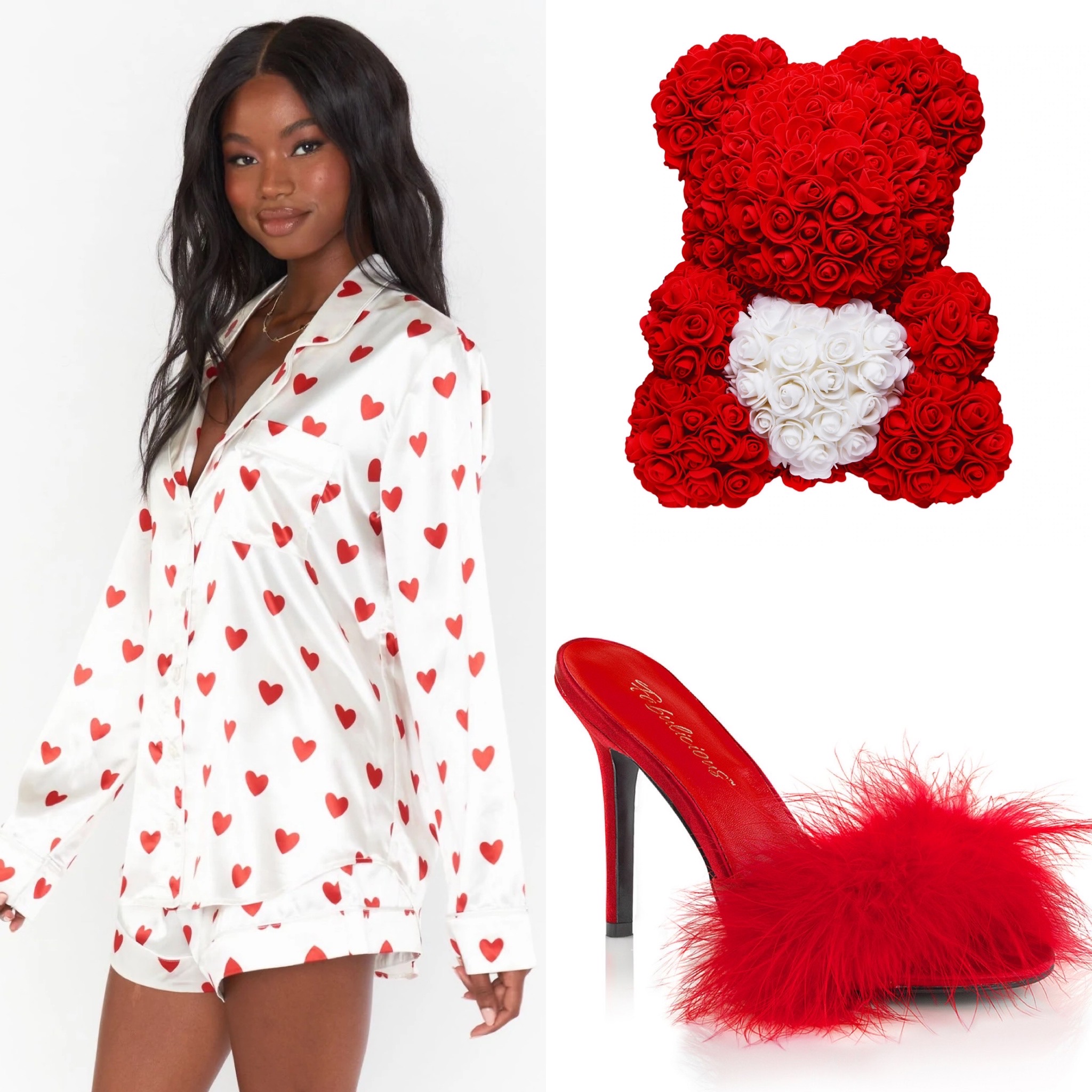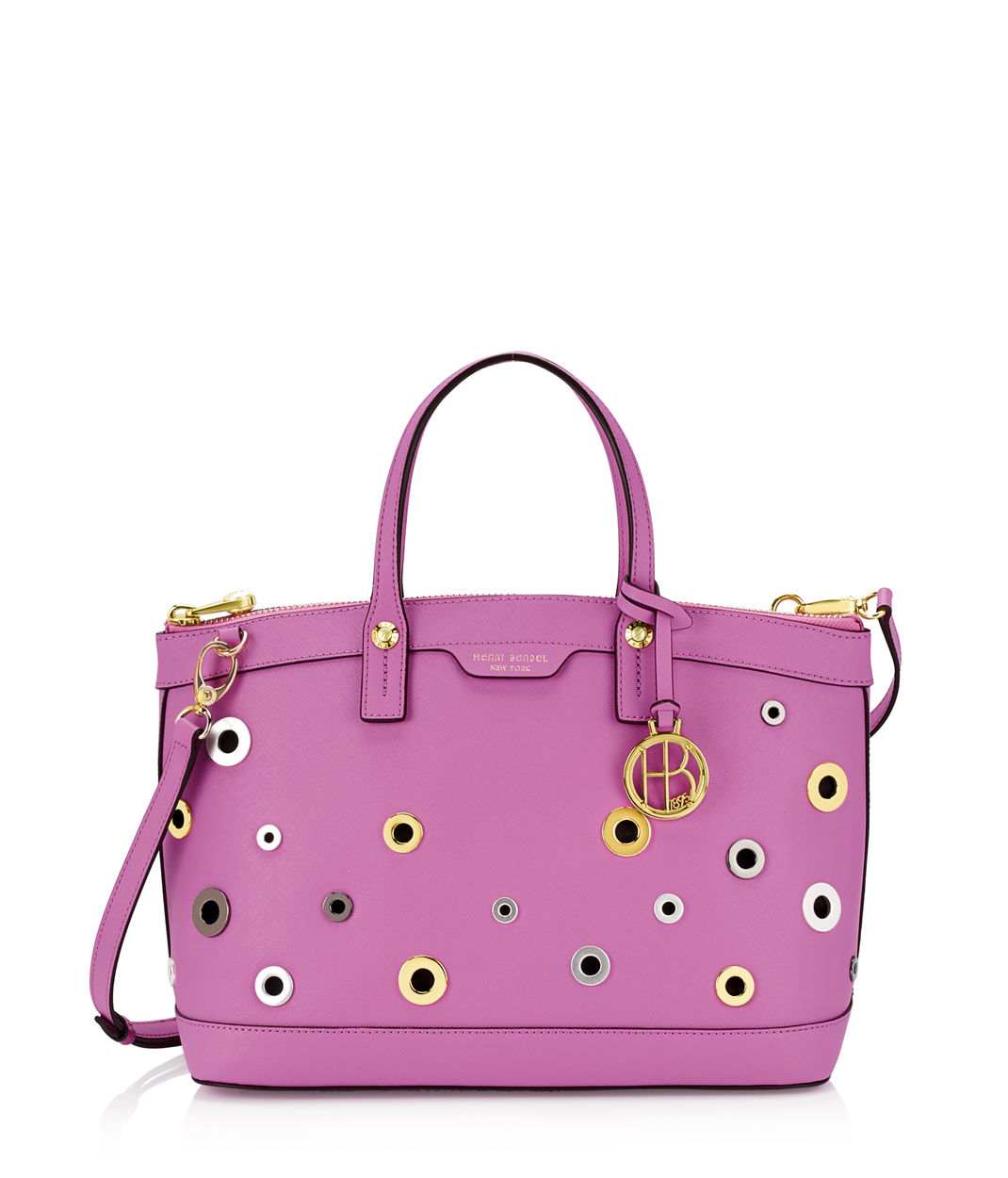The push for sustainability in the fashion industry has been increasing year after year. Consumers are now expecting brand responsibility, and demand businesses to consider all environmental and social impacts. And while consumers don’t expect their favorite brands to change overnight, they want to see constant incremental change. Moreover, the expectation for these brands to be transparent and authentic throughout the transformation process is also anticipated.
While some wonder, others take market share
Patagonia is one of the rare cases which encourages its consumers not to buy in bulk. Additionally, they have a dedicated team that drives across the US to restore and fix customers’ worn-out products, helping them continue using the same garment. Its Patagonia’s long-standing commitment to combating everything that can hurt the environment – from pipelines, oil drilling, deforestation, etc. The brand pushes hard to save the planet. And as a reward, the more they fight, the more they sell.
While H&M put promising sustainability goals and push for positive policies and practices around the world, customers are still not convinced of its activities. Although there is a pledge to use 100% sustainable or recycled materials by 2030, the H&M business model is still characterized as a fast fashion, unsustainable business model. And while they label their products Conscious, consumers expect a bit more than two short paragraphs of explanation on how the products are sustainable and conscious. Overall, the actions are there, but the path is still long to go.
For Gucci, creating a sustainable movement is all about sparking emotions and going for consumer acceptance. Plus, understanding that the definition of luxury is not the same anymore, but it is focused also on sustainability, ethical manufacturing, and transparency. As their products start to show higher purpose, their customers get the fulfillment of their brand requirements.
Inditex has joined major initiatives through which they promote sustainable fibers and raw materials. Their pledge for change of strategy, clothing production, and sustainability earned them the recognition of the most sustainable retailer from 2016 to 2018. And while putting Mother Nature as a number one has been held questionable for some of the brands Inditex represents (like Zara for example), the customers still trust the brand, though keep on pushing them to innovate and move towards greener work standards.
Toms know change can’t happen overnight, and they are transparent about it. They understand that only long-term improvements will move the needle, so they have selected their key commitments. They have partnered with top-level organizations that help them to set high environmental and ethical responsibility standards. And with their 1/3 profit allocation for grassroots goods, in 2021, they have impacted more than 400,000 lives, and the customers have said thank you.
The Pearl Source is committed to women’s issues and helps not for profits help women achieve by setting aside a percentage of profits from sale of pearl jewelry.
The equation is simple. Either the brands will listen to the new demands and requirements the customers set, or they will lose them for the competition. But no matter the case, one thing is clear – working towards sustainability will be the default of every new business strategy and growth plan.




